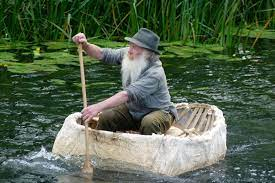BurnitBlue
Well-known member
Why will a motorboat or other monohull sailing vessel or otherwise capsize actually easier than a catamaran of the same beam. Or will it. A bit baffled by the science. Google has diagrams of the various types but no discussion with comparison using words instead of numbers.
This leads to optimum beam/length ratio against capsize or pitch-pole. Some cats are not far off having close to square shape where beam is not far short of the LOA.
I have just returned to catamaran sailing after my last monohull.
This leads to optimum beam/length ratio against capsize or pitch-pole. Some cats are not far off having close to square shape where beam is not far short of the LOA.
I have just returned to catamaran sailing after my last monohull.

